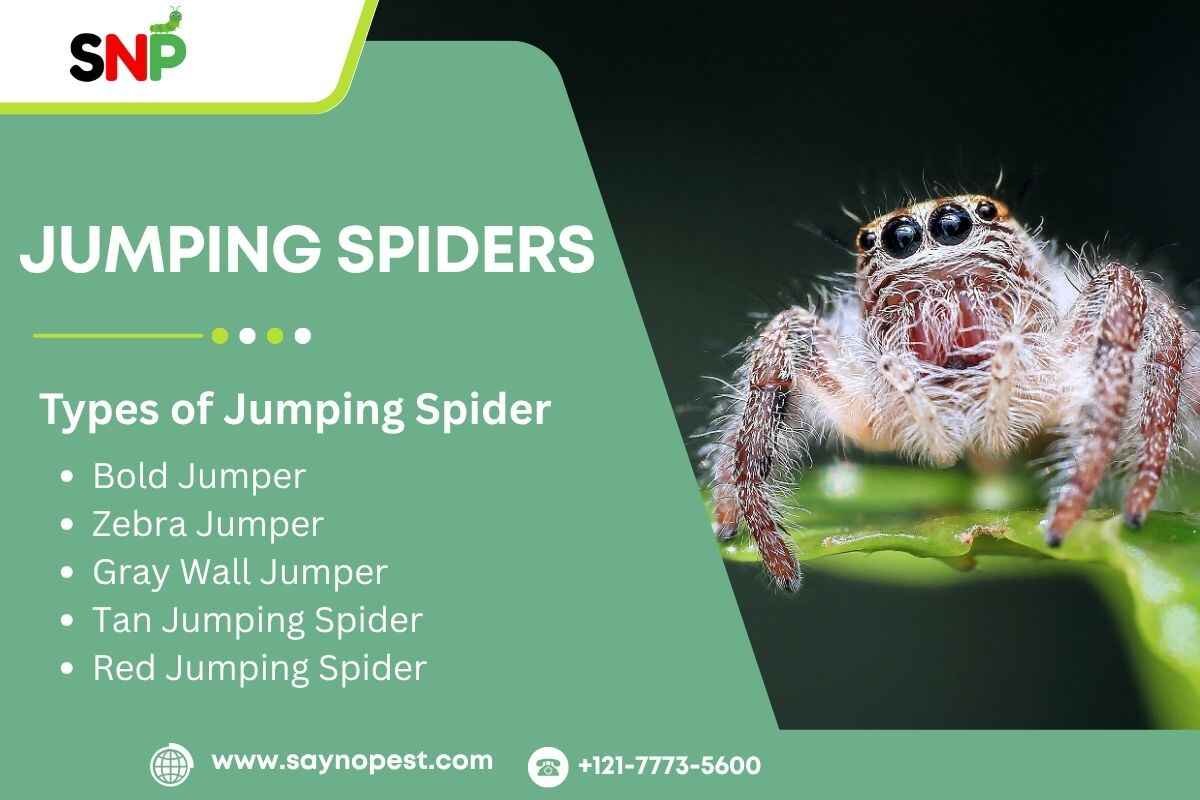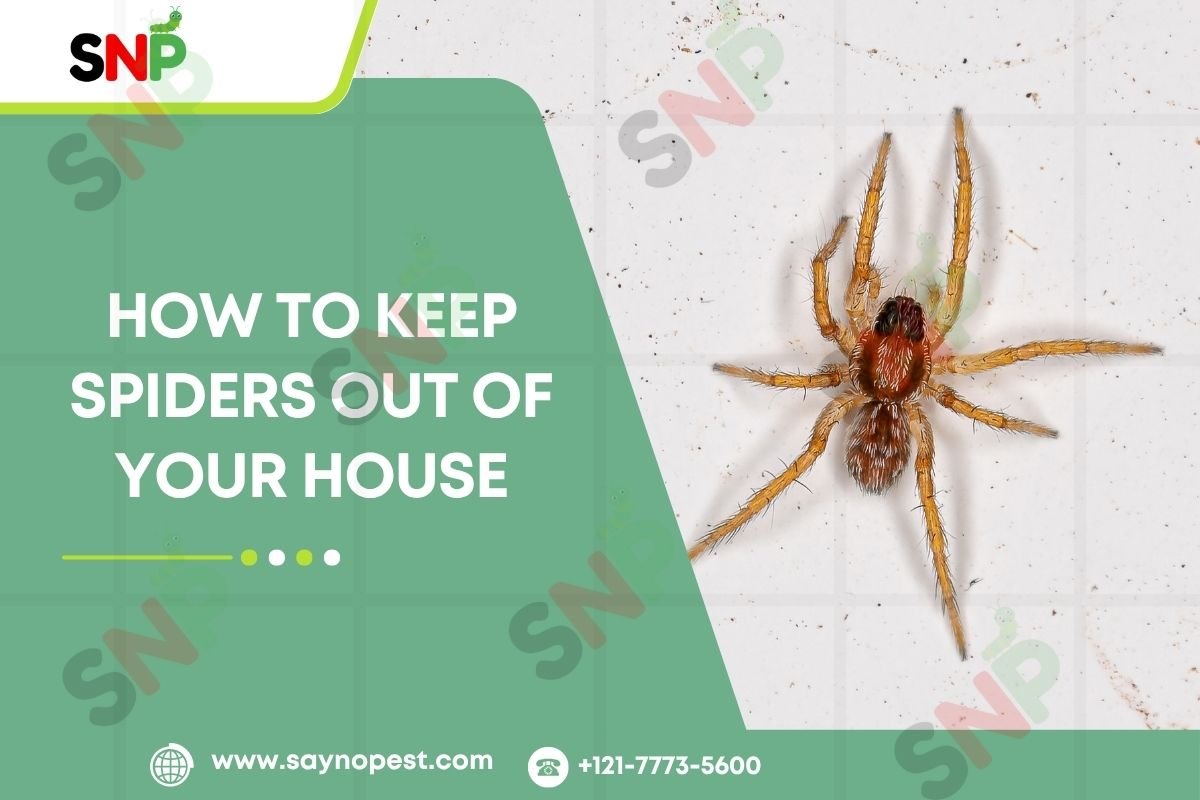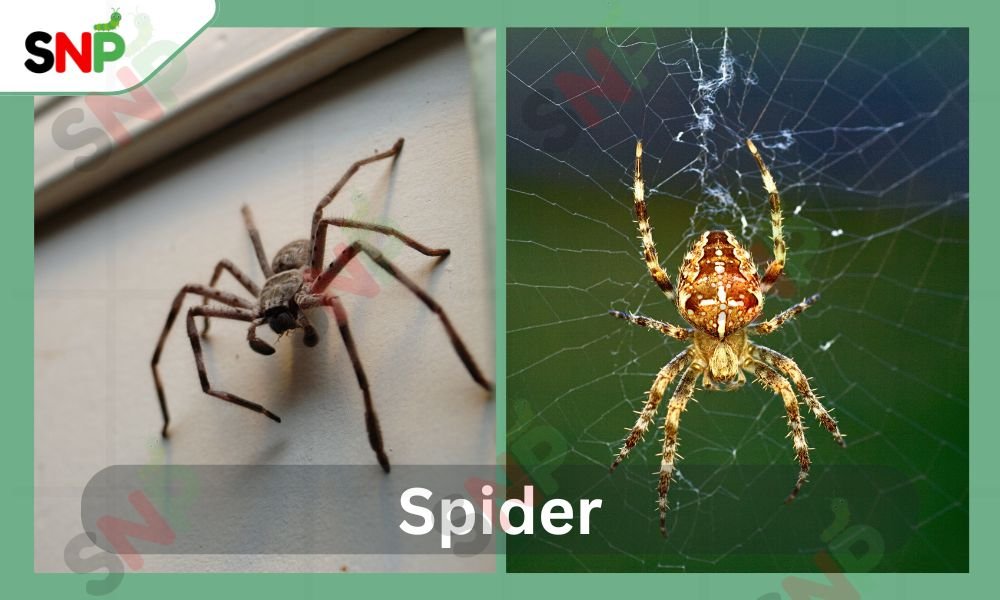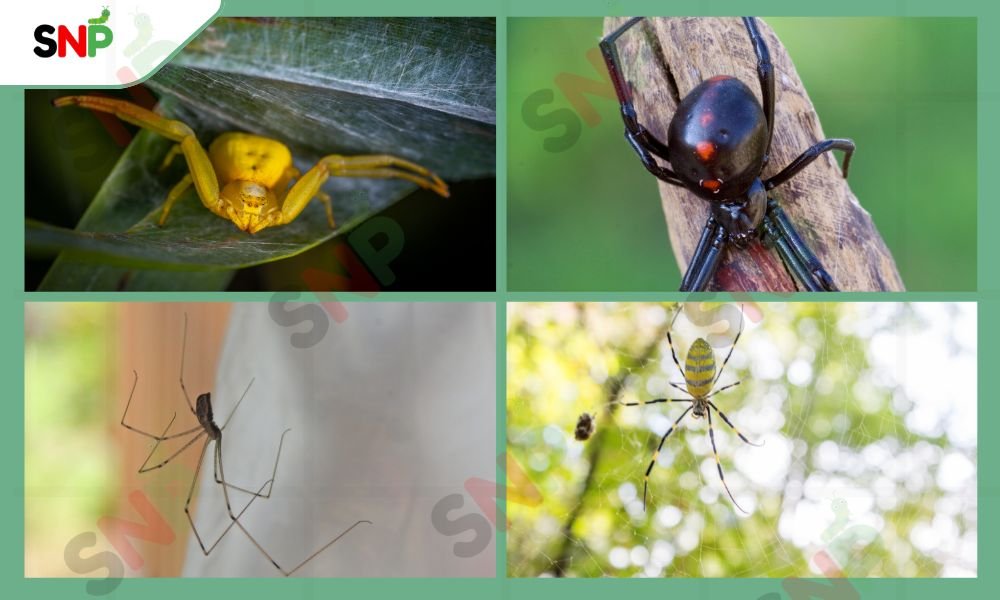Probably, if you were to scan a room and see a tiny, fuzzy spider with big, curious eyes watching you from a windowsill or garden, you would instantly recognize that it is a member of the Salticidae family (also called jumping spiders). These little creatures are not only very amusing to watch but also are efficient natural pest control in the U.S. across the country. If you are a homeowner, gardener, or a nature enthusiast, the knowledge of the jumping spider’s lifespan, their bite, and the nature of the baby jumping spider will certainly make you more inclined to help instead of harming the beneficial species.
The Jumping Spider Lifespan
The jumping spider lifespan is very different due to various factors such as their species, locality, and gender. Most of the jumping spiders live on average from one to two years, but some of them might reach three years in quite favorable conditions. Females are usually expected to live longer than males, they can live up to a year after they become adults, however, males may only survive three to six months following maturity. Conditions like available food and environmental safety can affect the jumping spider lifespan; spiders that get to be adults fast because of the food abundance might end up having shorter lives, though. Though this life is rather short, it is quite active and full of hunting, mating, and, in females’ case, taking care of the spiderlings.
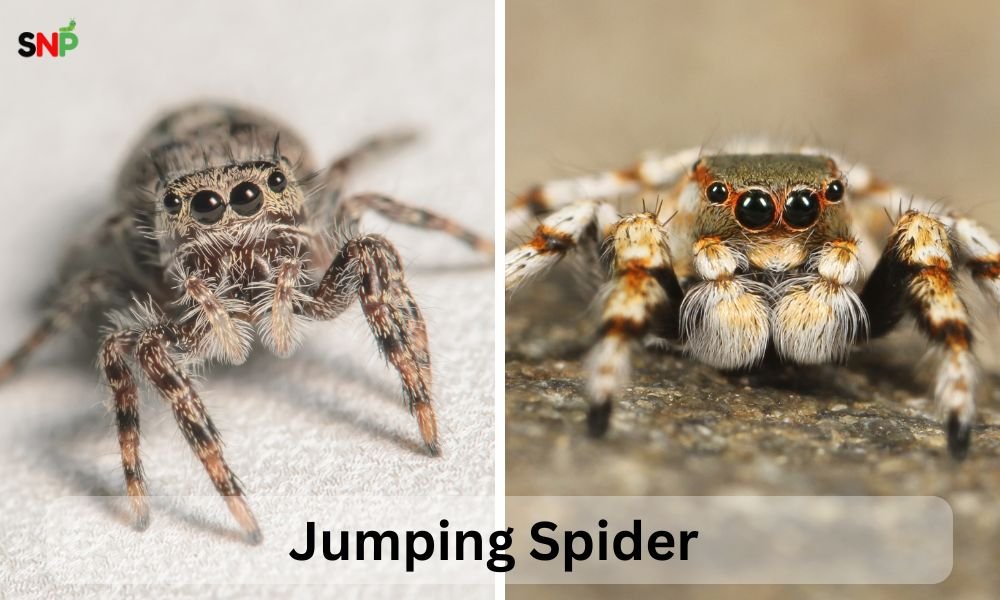
The Truth About the Jumping Spider Bite
Americans often ask if a jumping spider bite is venomous. The answer is a comforting one: although jumping spiders can bite, it is very unlikely that they will do so if you do not provoke or threaten them. Their bites are thus far from being medically significant for humans. The poison, which is injected during the bite, is aimed at the insect’s paralysation and not at people. In most cases of jumping spider bites, only redness, slight itching, and swelling will take place, and these are only mild symptoms similar to those that occur in a mosquito bite.
Allergic reactions are very unlikely to occur; still, if after a jumping spider bite the symptoms are still there or become more severe, it is advisable to go to the doctor. From a person’s point of view, these spiders would not harm, indeed, they are very likely to be scared and run away instead of attacking.
The Active Baby Jumping Spider
Nature has few things as cute as a baby jumping spider. Such tiny creatures are the spider lings, also known as slings. They appear after their mother takes care of them for 2-4 weeks of development in an egg sac, uninterrupted. Initially, plastic-like spider legs or some parts of the body may be there. The spider lings possess very good vision and can jump incredible distances that are sometimes many times longer than their size.
Someone definitely would ask whether a baby jumping spider is dangerous or not. It is not: they are very active and aggressive when it comes to hunting small insects and can even get to the level of cannibalism among siblings, but their bite cannot injure humans in any way. Such a tiny spider would be more interested in chasing flies or some other small animals than in dealing with people. They get their sharp vision and active hunting style right from the start, which makes them very small copies of the adults.
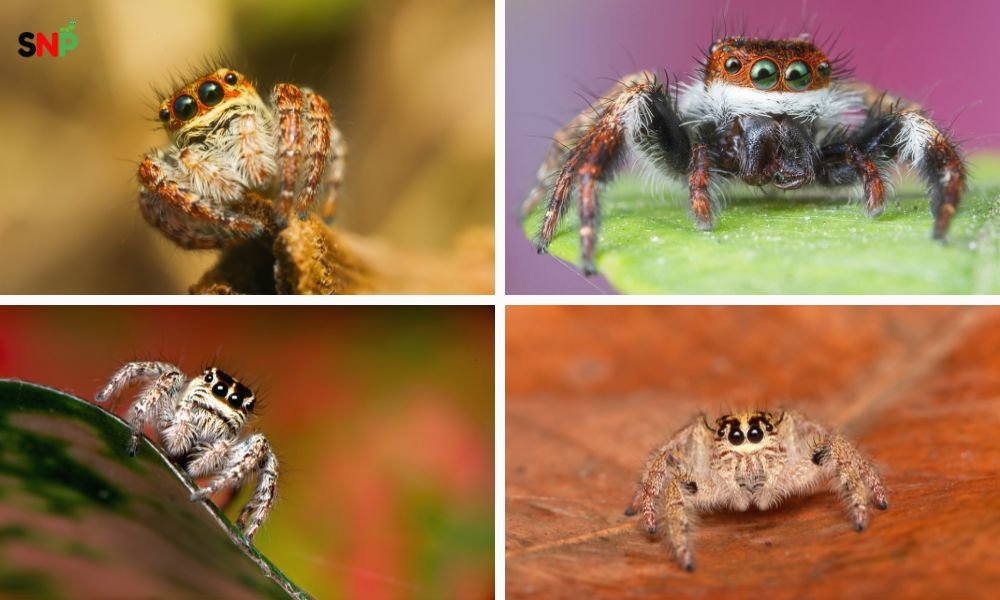
Why Jumping Spiders Are Good Neighbors
Besides their peculiar appearances and fast moves, jumping spiders are an indispensable part of the natural system of pest management. They energetically search for and ingurgitate all sorts of insect enemies, including the ones which are responsible for the pollution of the vegetable garden as mosquitoes and bugs. Their being in the gardens, fields, and even near houses makes them natural controlling agents that keep pest populations at a minimum. The avoidance of chemicals in fighting pests also has a very positive impact on the environment.
Jumping spiders can see clearly from far away and surprise their victims effortlessly, and they can protect themselves with their silk draglines while jumping. This hunting method makes them the most effective spiders out of all the predatory ones.
Conclusion: Embracing the Jumping Spider
All in all, jumping spiders fascinate, help us, and are unthreatening insects that should be in our homes and gardens. A jumping spider usually lives for a year or two, though female life expectancy is higher than males. A jump spider bite does not lead to big problems and only causes mild pain. Not too big nor threatening, the baby jumping spider is active early in its life and plays an important part, no matter where it is located.
Knowing about jumping spiders in our homes helps us manage in a safe way and supports a balanced environment. When you spot a jumping spider, keep in mind that it is serving by eating pests in your home or in the garden.
